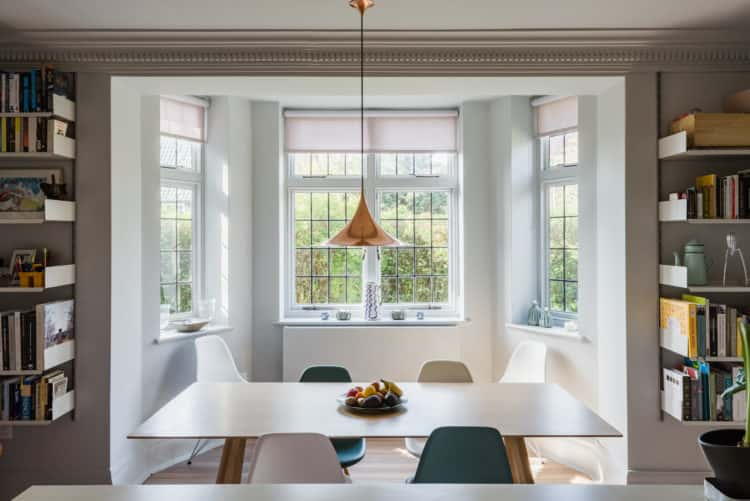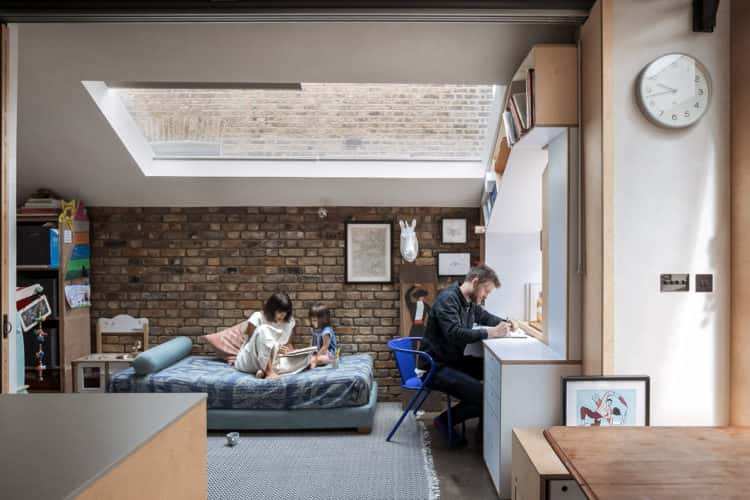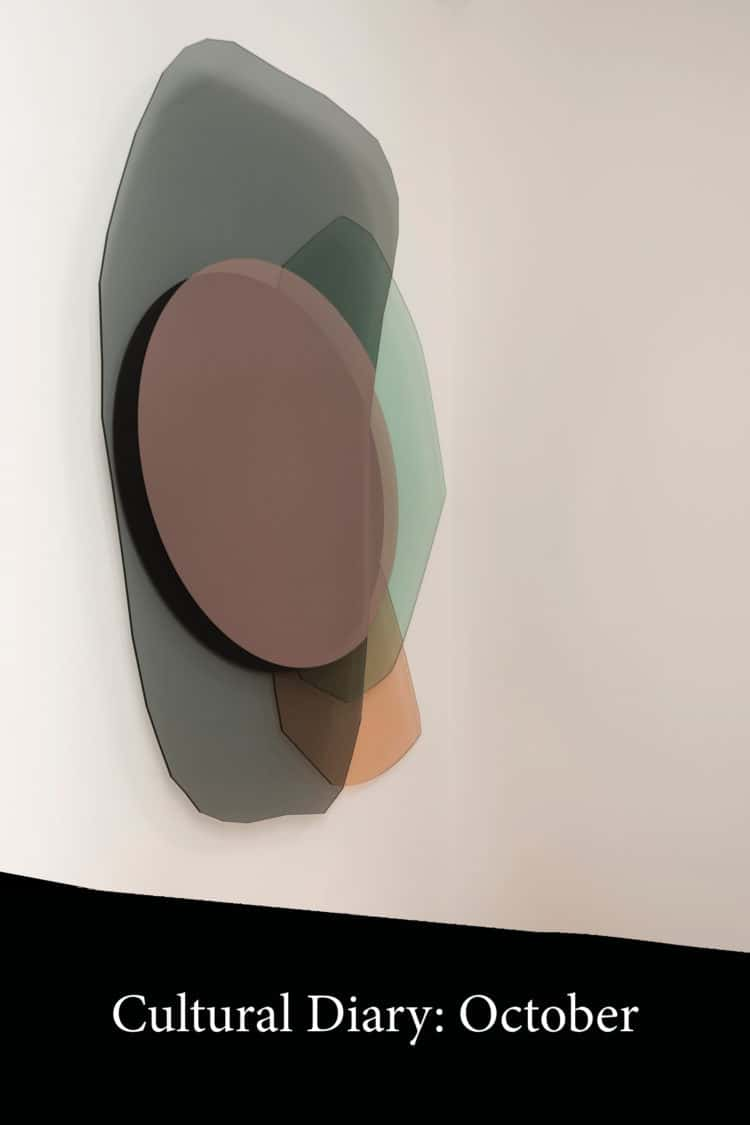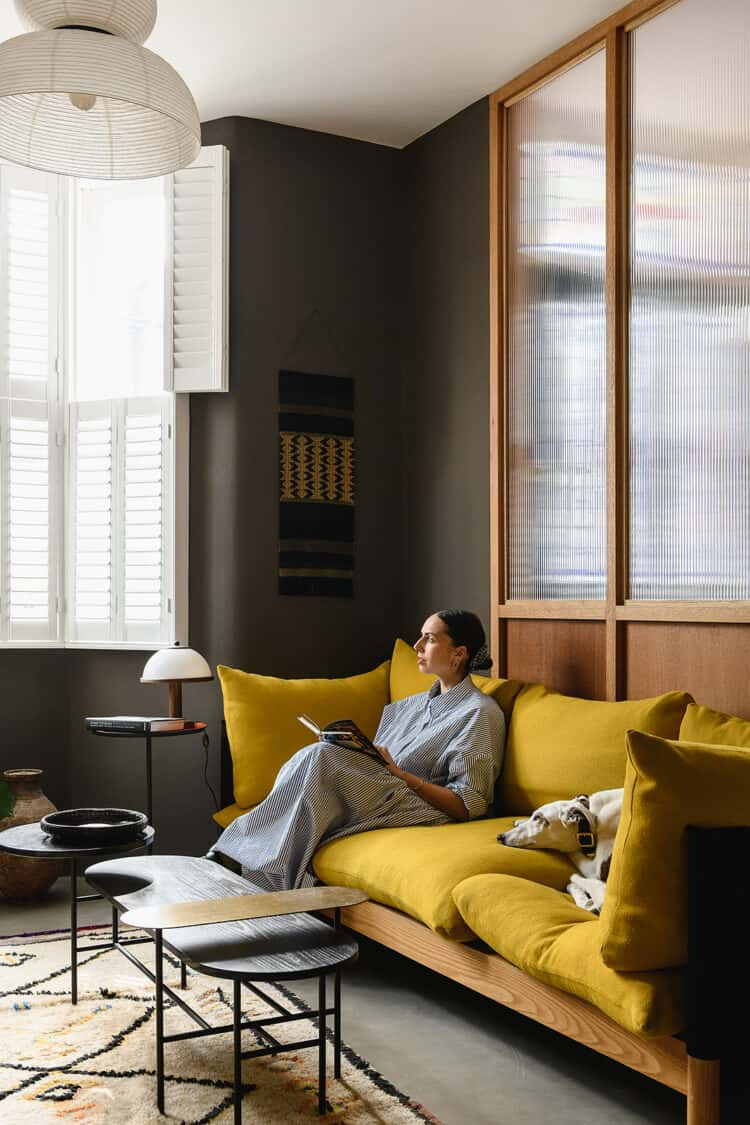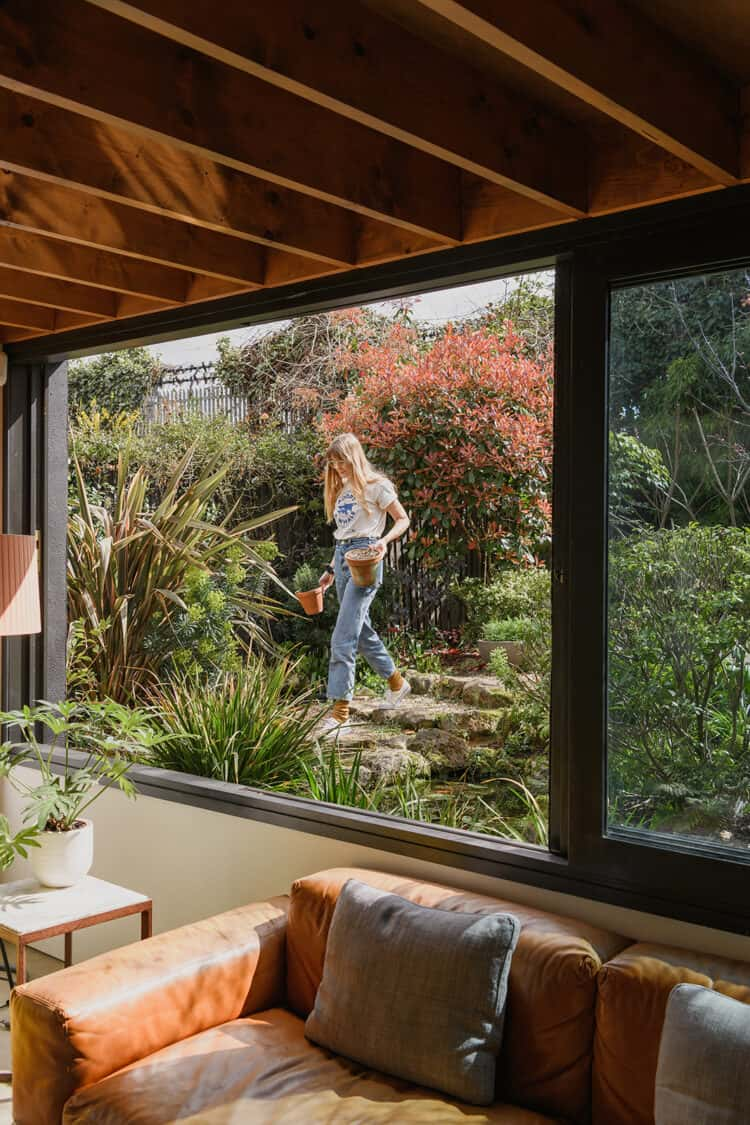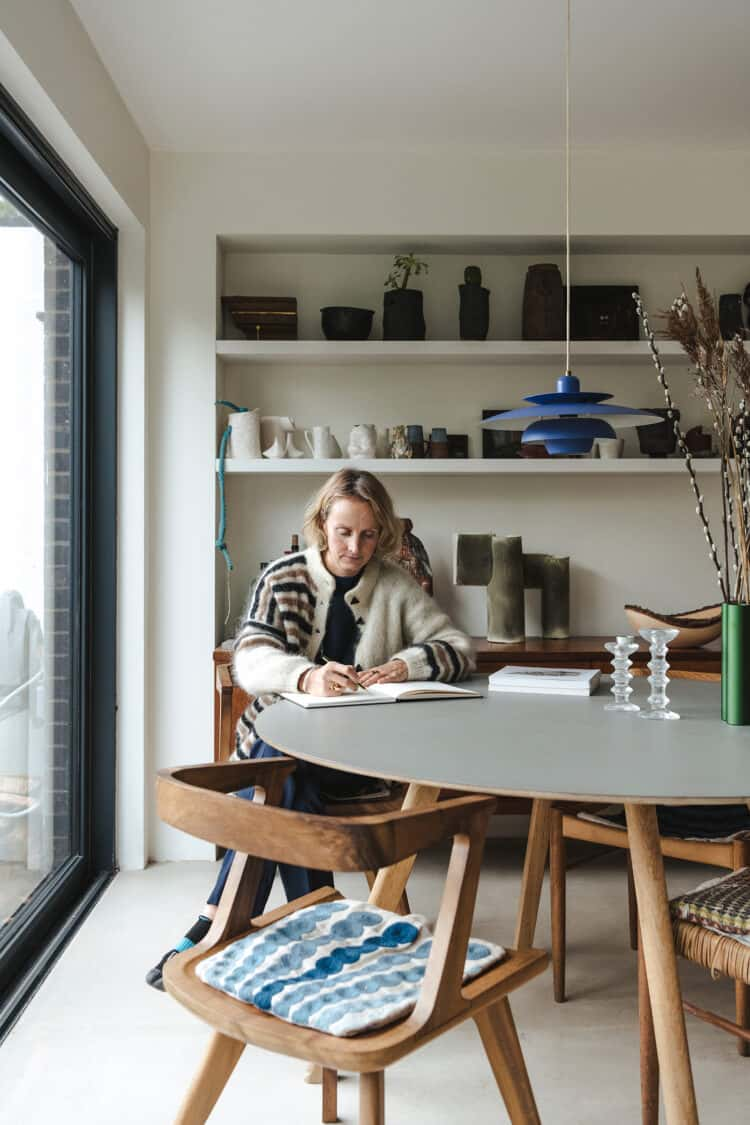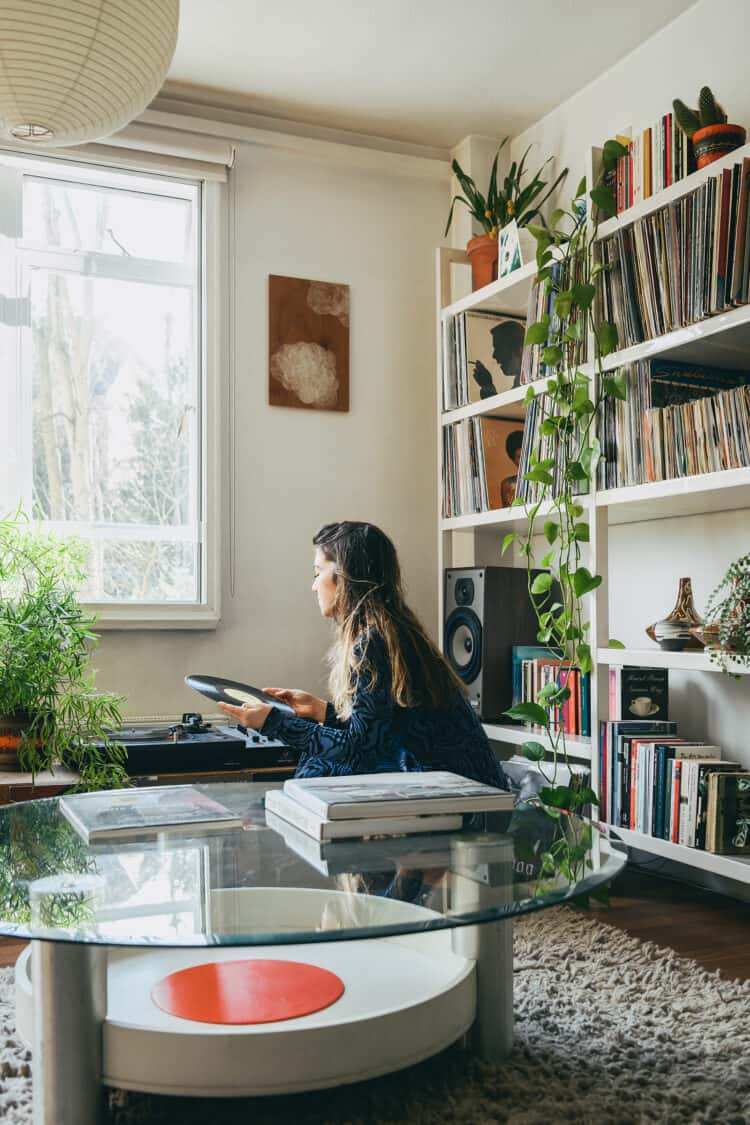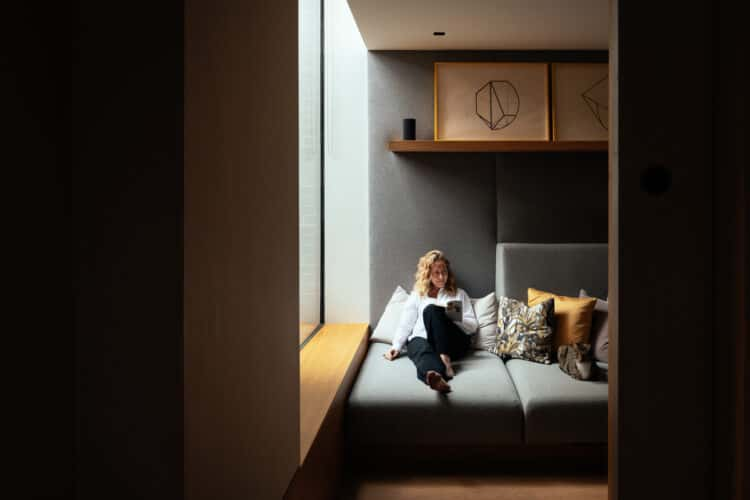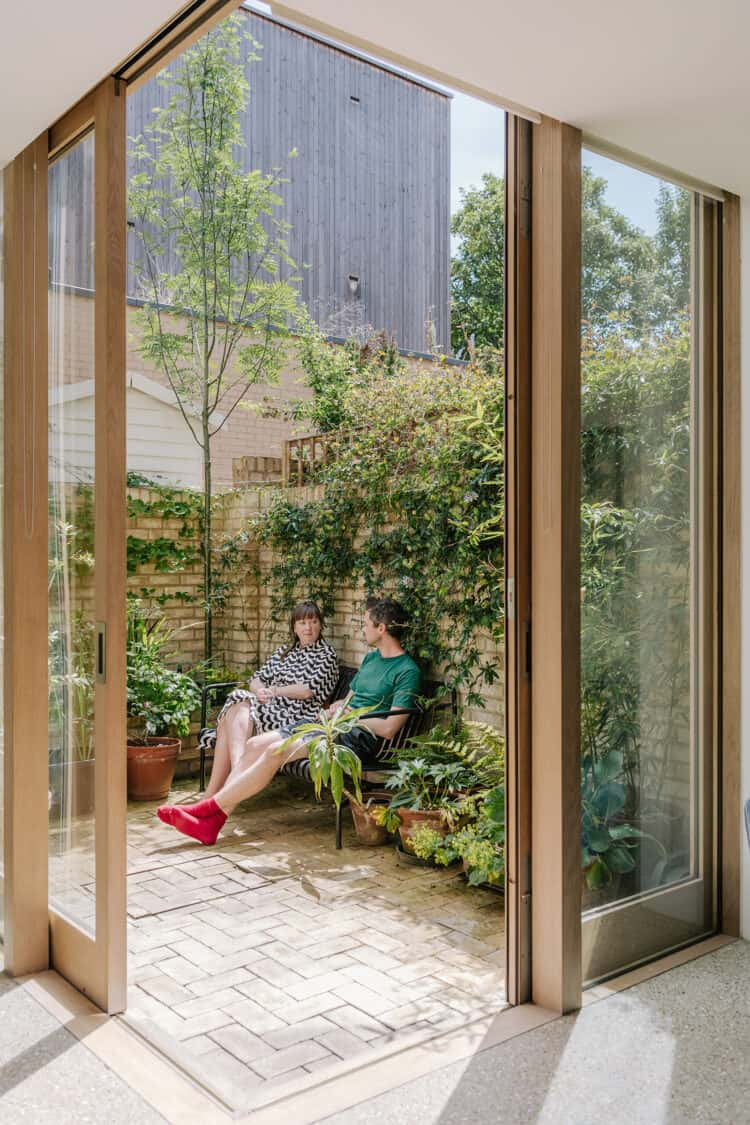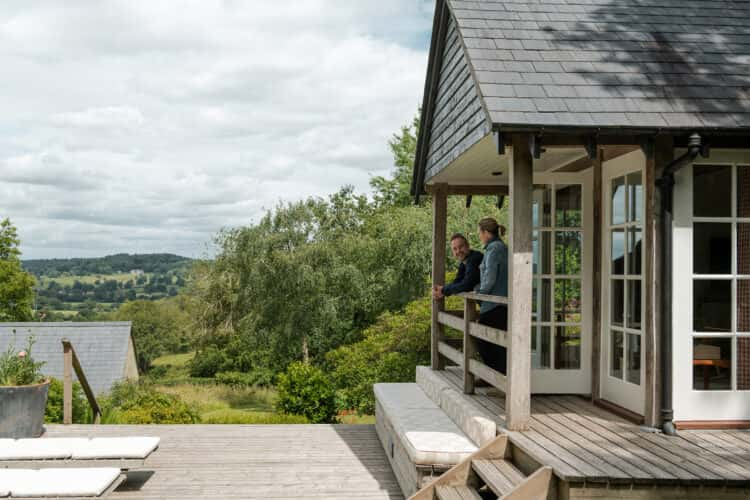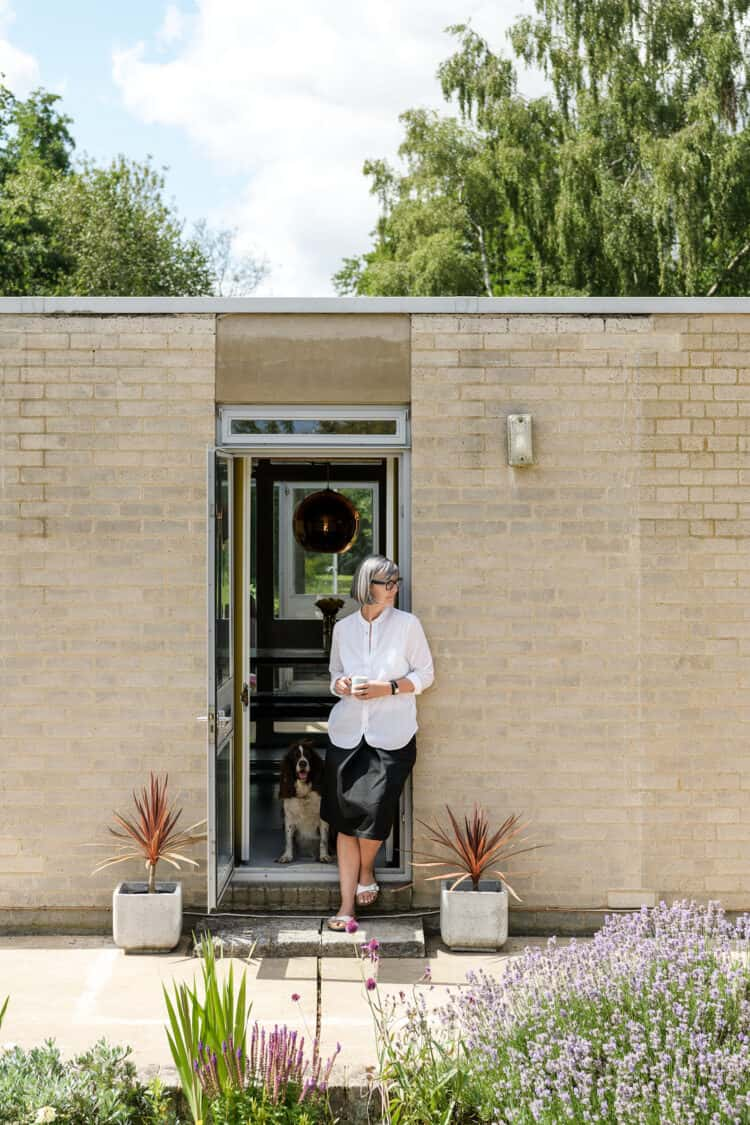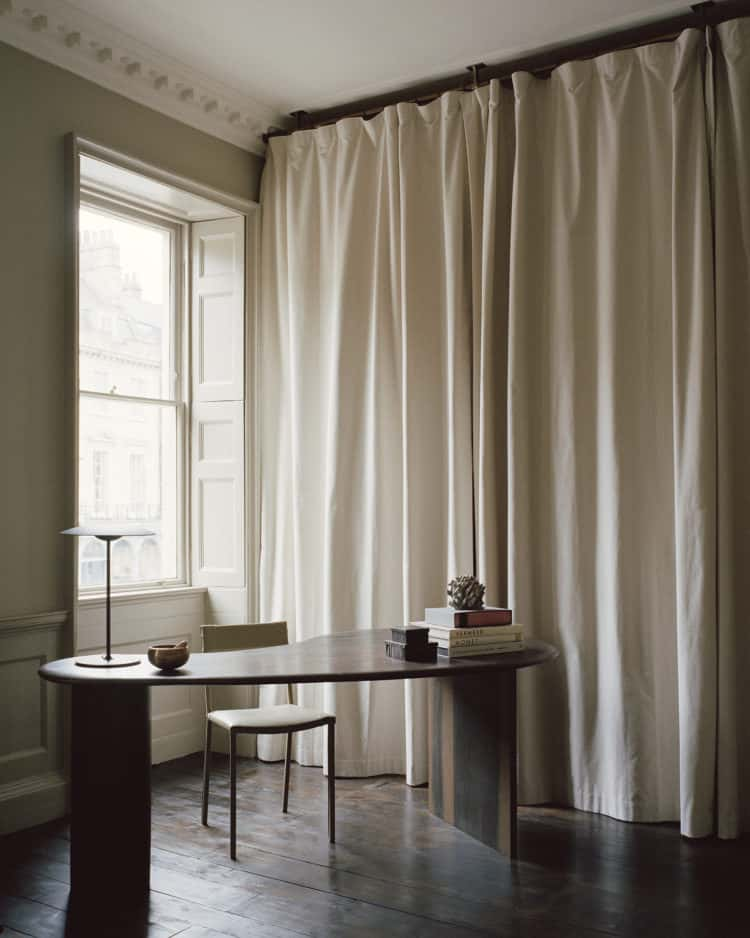Open House: architect Jonny and Milly Plant’s renovated Arts and Crafts home in Hampstead Garden Suburb
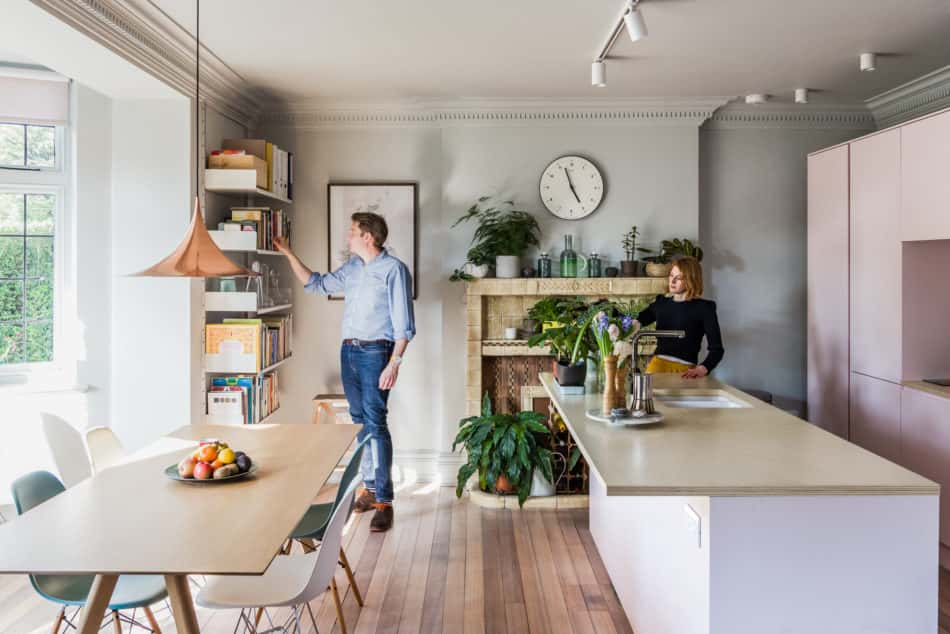
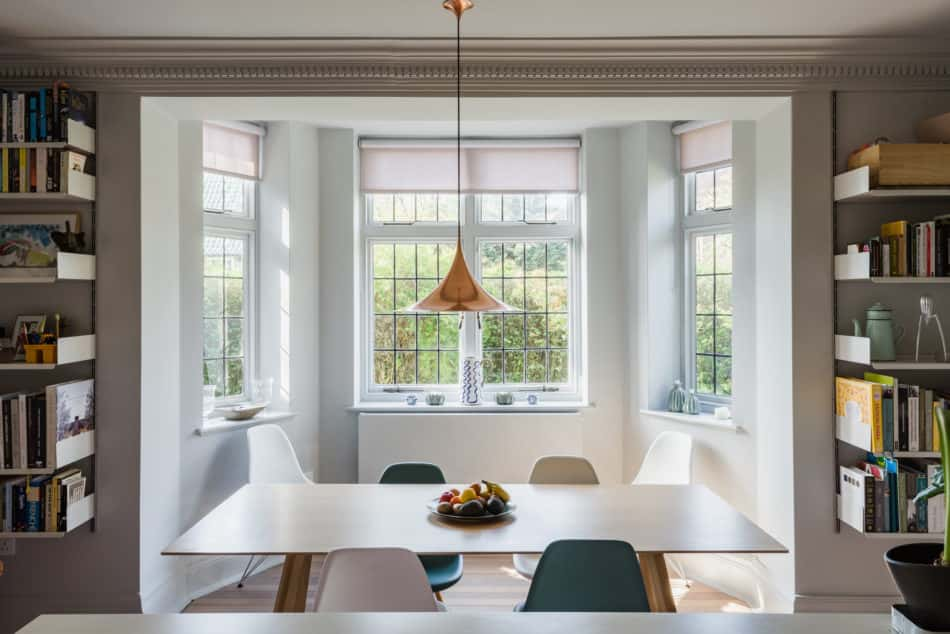
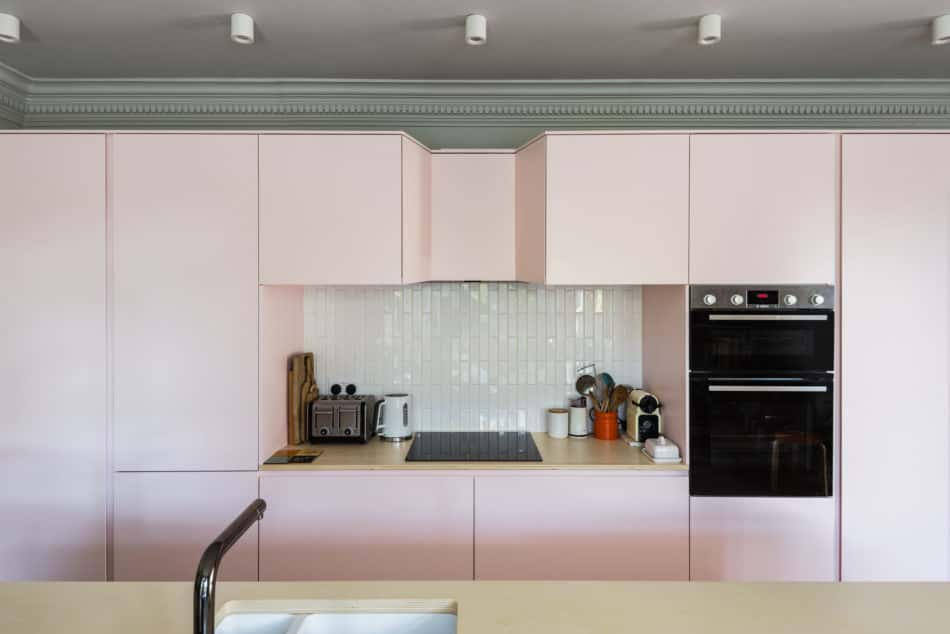
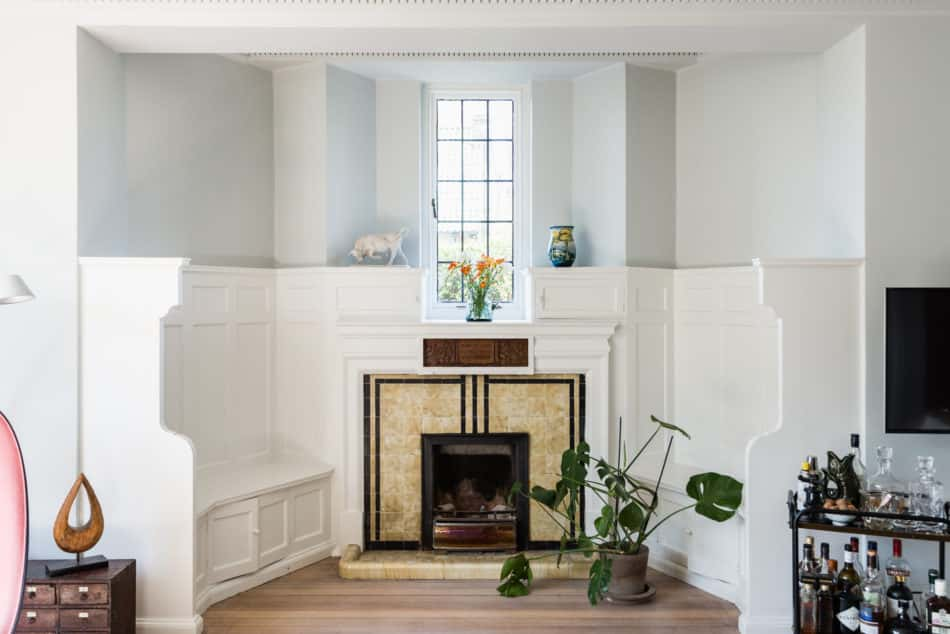
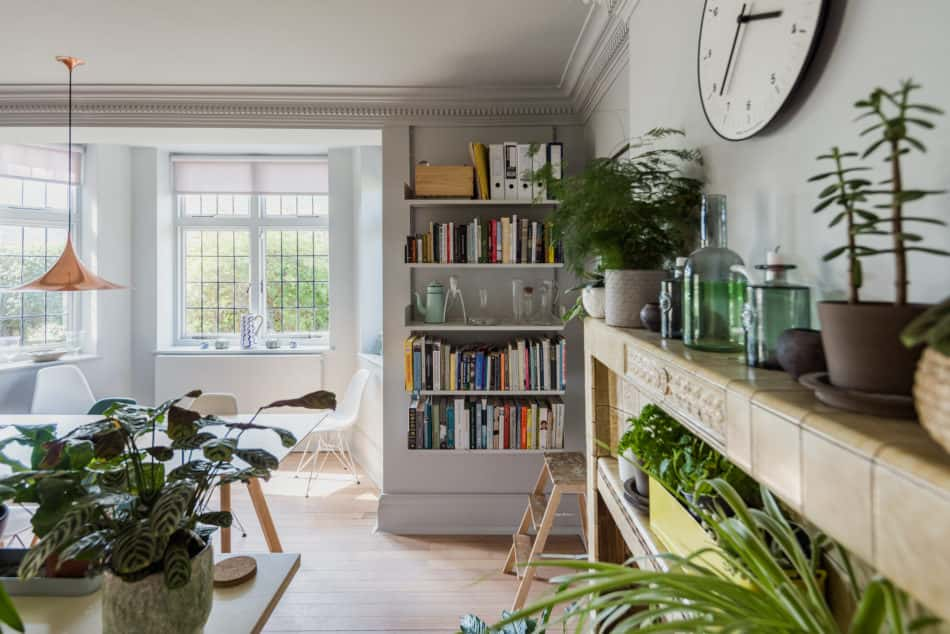
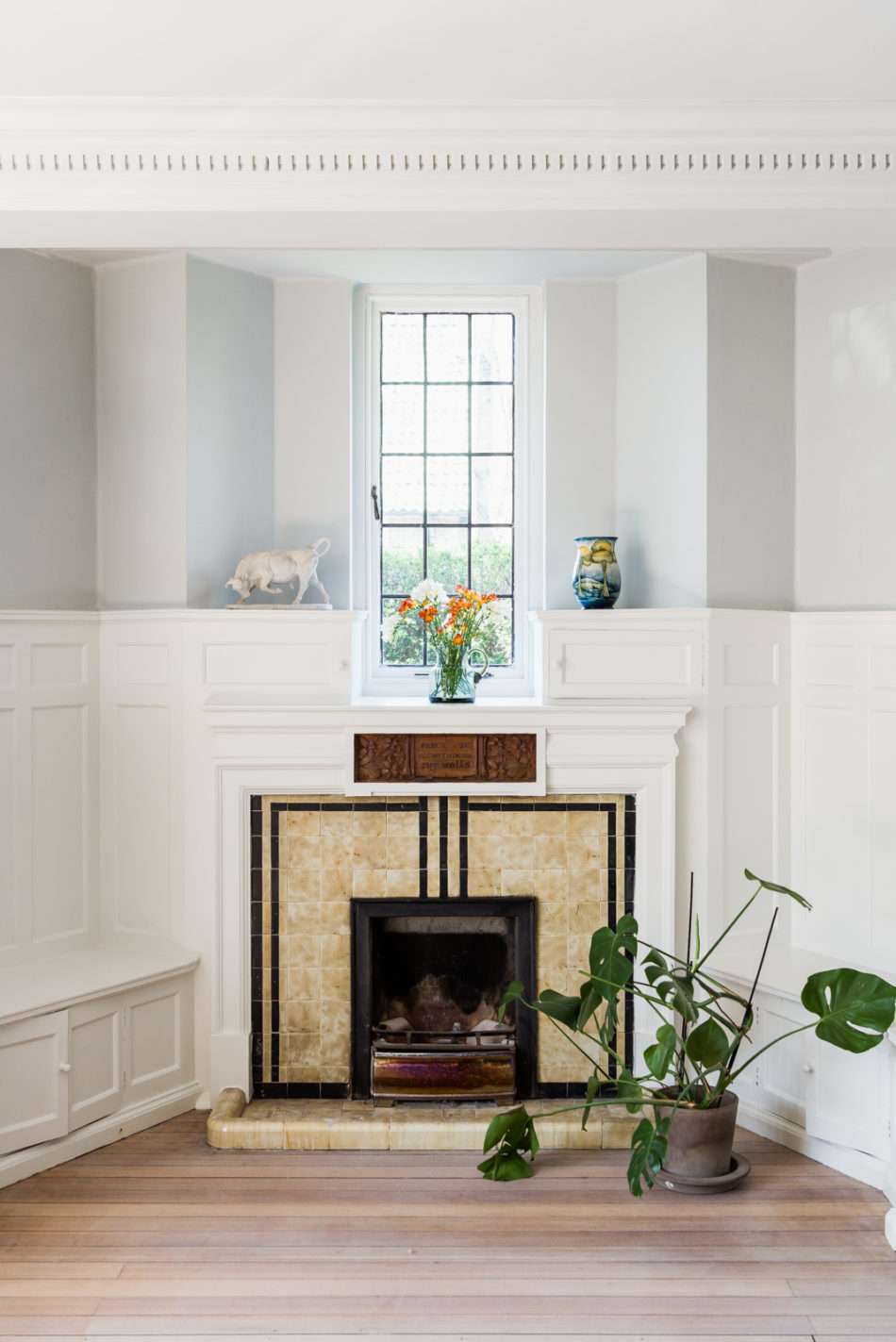
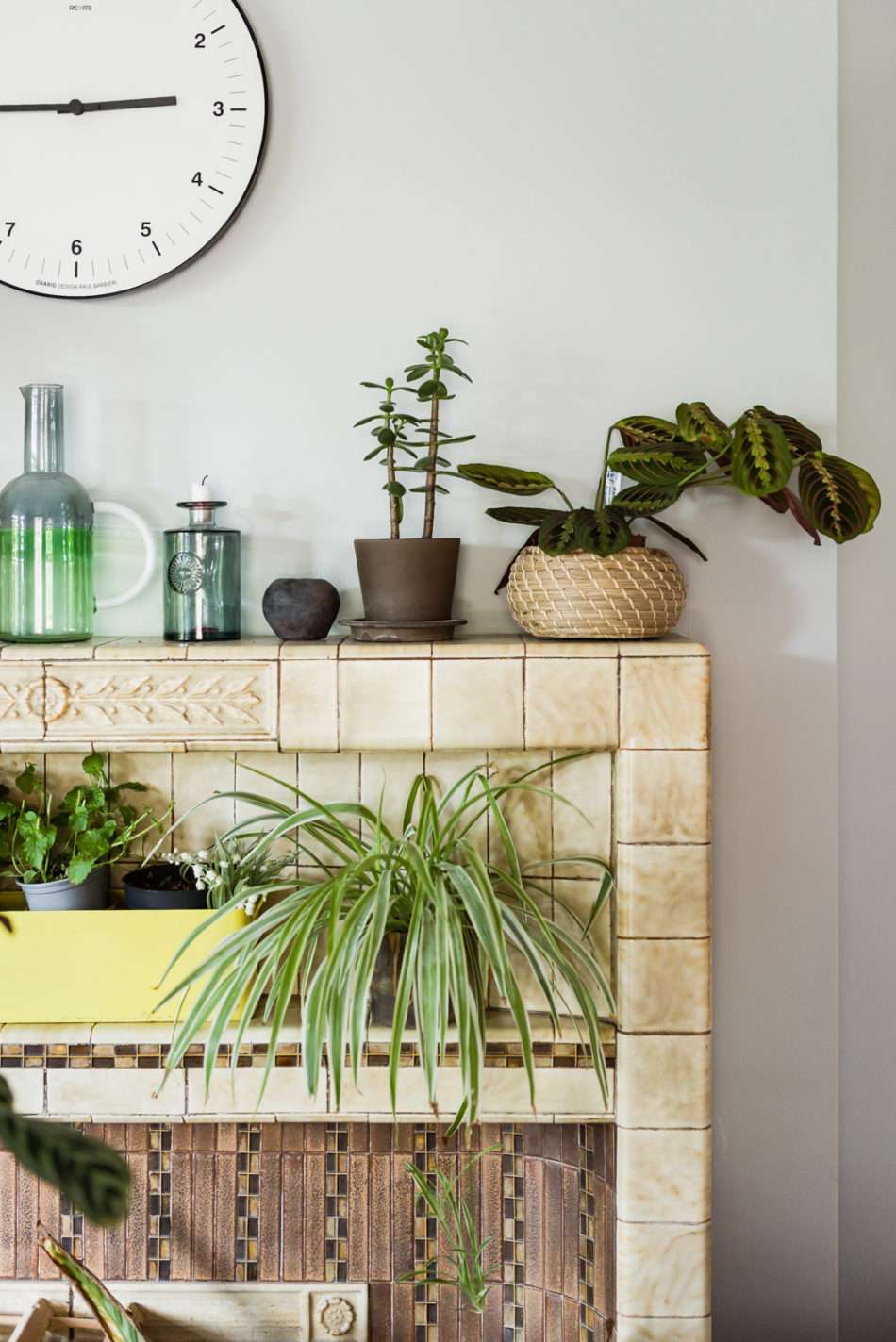
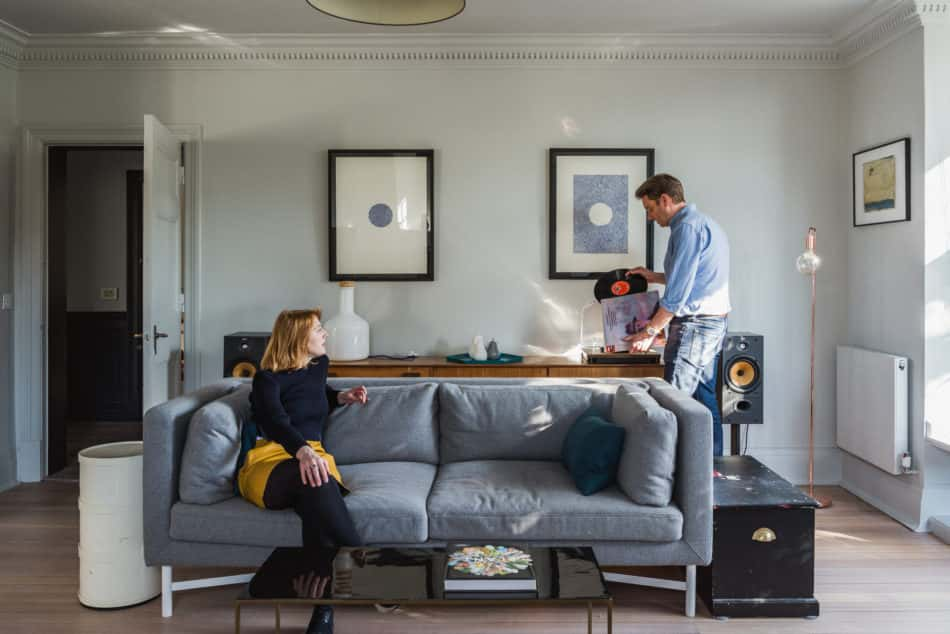
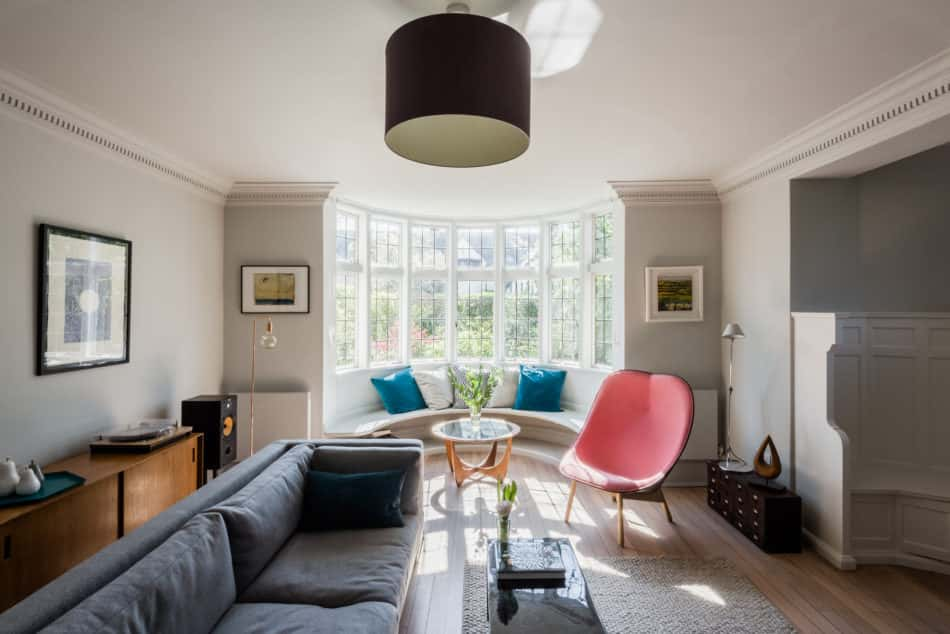
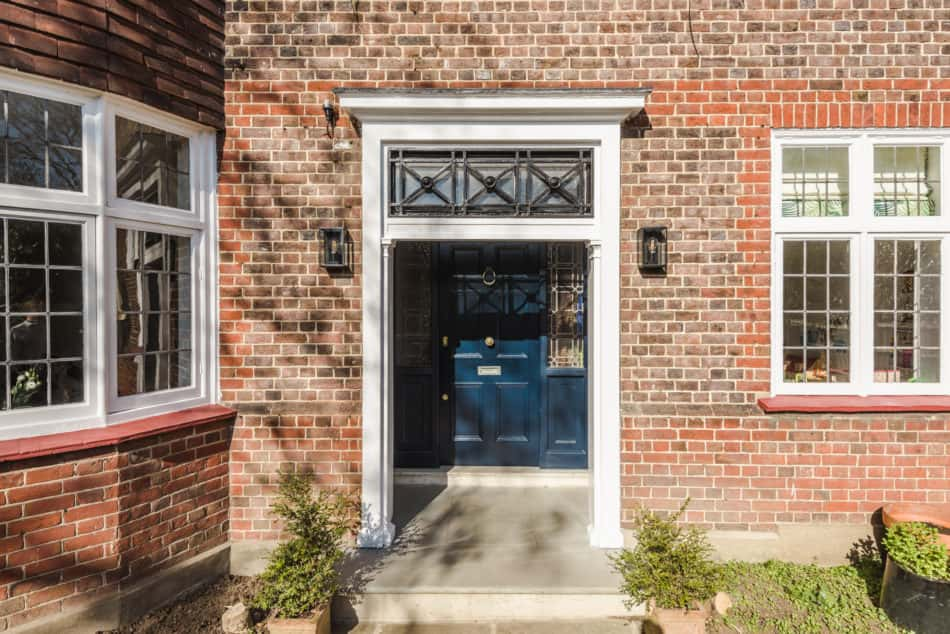
Our ‘Open House’ series brings our sales listing to life by telling the story of some of those selling through our agency. Here, we’re meeting architect Jonny (of Lipton Plant Architects) and Milly Plant for the story on how their renovated Arts and Crafts home came to be.
Jonny: “We’ve always lived in houses that are projects. I don’t think an architect can buy a readymade house – there always has to be an angle.
“We were living in Crouch End before and were looking for a project. We looked at a few sites with and without planning permission but then came to see this on a pretty miserable, rainy February evening.
“It was a classic probate sale where the previous owner had lived here for a long time and hadn’t done very much to it, so it was looking a bit sorry for itself.
“But it immediately felt right, and we could see the potential with it. The flat having its own front door was a big draw because it means you don’t come into a narrow hallway.
“Instead, you come into a big wide hallway and you have rooms on either side, giving a sense of brilliant lateral width, which is quite unusual in London.”
Milly: “And the garden goes all the way around the house, which gives us a feeling of being on our own – we look out the window and see greenery, rather than another flat.
“And the hedge that runs around the garden is as wide as it is tall, which makes a great buffer to the street.”
Jonny: “The other big draw was Hampstead Heath – it’s literally a two-minute walk down the road.
“It’s somewhere I’ve always come in London. We both come from country backgrounds, so having open space nearby is a big thing. It’s so gorgeous up there, and the one place in London I think you can really feel the seasons go by.”
Milly: “For me, it’s the two rooms that form our kitchen and living room that are amazing. It’s open living, perfect for entertaining – we can cook and be in the same room as people who are visiting. There’s just a nice to feel to those two rooms, partly because of the light.
“And they’re vast, really, and feel like they’re part of a much larger house, which of course they were.
“When we bought it, the kitchen was a bedroom and the double doors to the living room were closed. We changed the floorplan to go from a two-bedroom flat with one bathroom to a three-bed with two bathrooms.”
Jonny: “At my work, every project we do involves a chunk of historical research. When I went down to the London Metropolitan Archives to look up this house, amazingly I found all the original drawings and specifications, who it was built for and who by.
“We could look at the original plans and see clearly the two main reception rooms were intended to be used as such when it was first designed as a home. So we wanted, as much as we could, to put it back together with its original design in mind.
“Whilst it wouldn’t have been designed as open-plan as this originally, it’s very nice that we could incorporate the kitchen and reception room into one.”
Milly: “That’s what makes the house conducive to modern living. Whereas before the kitchen was totally hidden and separate, we want it to be open.
“Traditionally women would have been doing the cooking in the kitchen, whereas now we both share that. Equally I think the flexibility of being able to work from home while our daughter draws in here, for example, gives the space a communal aspect that makes it feel modern.
“There’s not a playroom at the back of the house we hide our daughter away in. it’s an open space that everyone uses.”
Jonny: “It is modern, but we remained understanding of the physical and historical context of the house when designing our refurbishment. In a way there was so much of it here already, as in the floors were here, the windows were here, the brass door handles were here. The cornicing is actually new but it replicates what was here before.
“The architect who designed the house was George Coles, who went on to be a successful Art Deco cinema architect, but this house, having been built in 1928, falls into the later period of the Arts and Crafts movement.
“I think what we have done here is use craft or the process of making to ensure everything we added to what is a lovely structure is well-crafted and beautifully-detailed.
“So it wasn’t about trying to imitate Arts and Crafts or Art Deco details, but just installing things that sit very overtly, proudly as a piece within a room, like the pink kitchen: it’s clearly new, it was never here before but it celebrates what is an already lovely space.”
